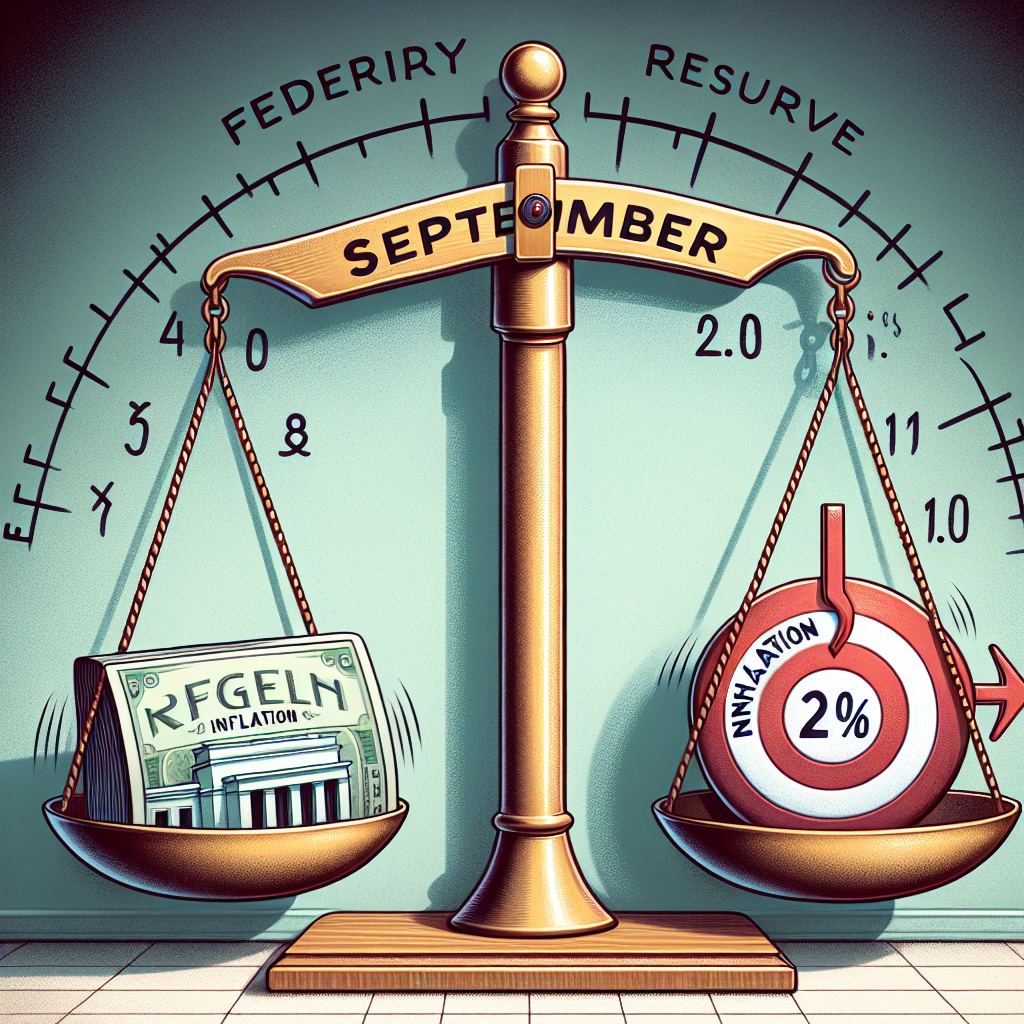Inflation Eases in September, Approaching Fed’s 2% Goal
In recent months, inflation has been a dominant topic in economic discussions, with its impact felt across various sectors. However, September brought a glimmer of hope as inflation rates showed signs of easing, moving closer to the Federal Reserve’s long-term target of 2%. This development has significant implications for policymakers, businesses, and consumers alike.
Understanding Inflation and Its Impact
Inflation refers to the rate at which the general level of prices for goods and services rises, eroding purchasing power. While moderate inflation is a sign of a growing economy, excessive inflation can lead to economic instability. The Federal Reserve aims to maintain a 2% inflation rate, which is considered optimal for economic growth and stability.
Why the 2% Target?
The 2% target is not arbitrary. It is based on the belief that a small amount of inflation encourages spending and investment, as consumers and businesses anticipate higher prices in the future. This target also provides a buffer against deflation, which can lead to economic stagnation.
September’s Inflation Data: A Closer Look
According to the latest data from the Bureau of Labor Statistics, the Consumer Price Index (CPI) rose by 0.3% in September, marking a slowdown from previous months. On a year-over-year basis, the CPI increased by 2.1%, edging closer to the Fed’s target.
- Core CPI, which excludes volatile food and energy prices, rose by 0.2% in September.
- Energy prices, which had been a significant driver of inflation, saw a decline of 1.5%.
- Food prices remained stable, with a modest increase of 0.1%.
This easing of inflation can be attributed to several factors, including improved supply chain conditions, a stabilization of energy prices, and a cooling housing market.
Factors Contributing to the Easing of Inflation
Supply Chain Improvements
The global supply chain disruptions caused by the COVID-19 pandemic have gradually improved. With ports operating more efficiently and transportation costs stabilizing, the pressure on prices has lessened.
Energy Price Stabilization
Energy prices, particularly oil, have seen a decline due to increased production and a slowdown in global demand. This has had a direct impact on transportation and manufacturing costs, contributing to the overall easing of inflation.
Cooling Housing Market
The housing market, which experienced a surge in prices during the pandemic, is showing signs of cooling. Higher interest rates have dampened demand, leading to a stabilization of home prices and rents.
Implications for the Federal Reserve and the Economy
The easing of inflation brings both opportunities and challenges for the Federal Reserve. On one hand, it provides relief from the aggressive interest rate hikes that have been implemented to curb inflation. On the other hand, the Fed must remain vigilant to ensure that inflation does not reaccelerate.
For the broader economy, a return to stable inflation rates can boost consumer confidence and spending. Businesses can plan for the future with greater certainty, leading to increased investment and job creation.
Conclusion: A Positive Outlook with Caution
September’s inflation data offers a positive outlook for the U.S. economy, as it moves closer to the Federal Reserve’s 2% target. While this is a promising development, it is essential to approach it with caution. The global economic landscape remains uncertain, and external factors such as geopolitical tensions and climate-related disruptions could still impact inflation.
In summary, the easing of inflation in September is a step in the right direction, providing a foundation for sustainable economic growth. Policymakers, businesses, and consumers must remain adaptable and prepared for any future challenges that may arise.



